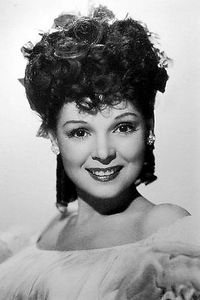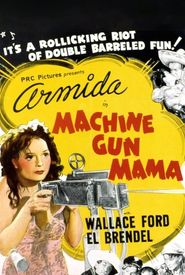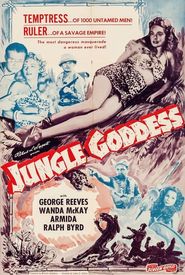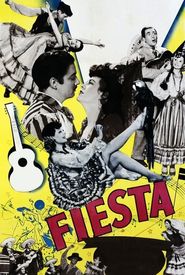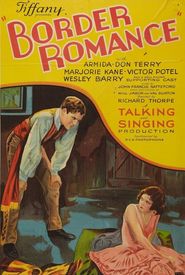Tiny, emotive Latino beauty, discovered singing and dancing alongside her two sisters in an act at the Los Angeles Hidalgo theatre, was soon recognized by theatrical impresario and star maker Gus Edwards, who took her under his wing. She quickly made her entrance on the vaudeville circuit, performing novelty numbers and skits, while simultaneously being groomed for Hollywood.
Accompanied by Edwards, she ventured to MGM, where she made her screen debut in Mexicana (1929),starring alongside Xavier Cugat and His Orchestra, performing two typically Mexican numbers. Her vivaciousness and fiery temperament so impressed John Barrymore that he cast her as the gypsy dancer Fidelia in General Crack (1929). At just 18 years old, Armida was offered a five-year contract with Warner Brothers, which had to be ratified in court, with her father, Joaquin Vendrell, a Spanish-born magician, acting as her guardian.
For the remainder of her career in films, Armida was typically cast as a "specialty dancer" in south-of-the-border westerns and minor romances. In the musical La Conga Nights (1940),she famously warbled the traditional song La Cucaracha, "the cockroach." While her singing and dancing kept her busy in films, it did not lead her to become another Lupe Velez. One of her few leading roles was in The Girl from Monterrey (1943),a failed attempt by Poverty Row studio PRC to create their own "Mexican Spitfire."
Armida's one notable appearance on Broadway was in "Nina Rosa" (1930-31),a Sigmund Romberg/Otto A. Harbach musical, which ran for 137 performances.
